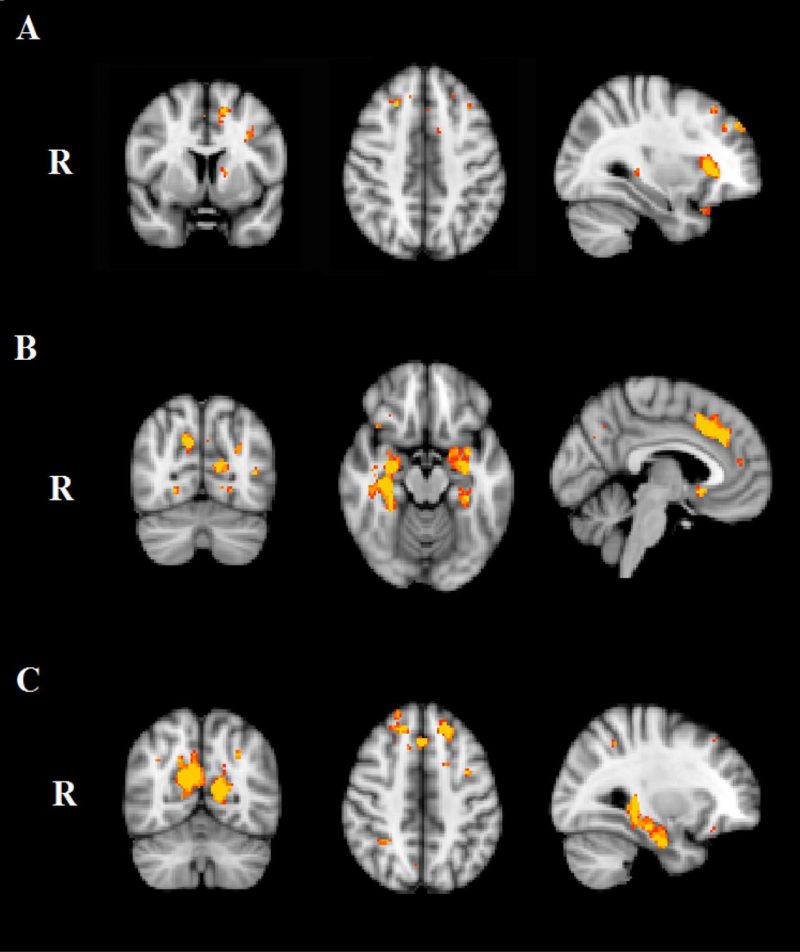Abstract:
BACKGROUND: Impairments in activities of daily living (ADL) are a criterion for Alzheimer’s disease (AD) dementia. However, ADL gradually decline in AD, impacting on advanced (a-ADL, complex interpersonal or social functioning), instrumental (IADL, maintaining life in community), and finally basic functions (BADL, activities related to physiological and self-maintenance needs). Information and communication technologies (ICT) have become an increasingly important aspect of daily functioning. Yet, the links of ADL, ICT, and neuropathology of AD dementia are poorly understood. Such knowledge is critical as it can provide biomarker evidence of functional decline in AD.
METHODS: ADL were evaluated with the Technology-Activities of Daily Living Questionnaire (T-ADLQ) in 33 patients with AD and 30 controls. ADL were divided in BADL, IADL, and a-ADL. The three domain subscores were covaried against gray matter atrophy via voxel-based morphometry.
RESULTS: Our results showed that three domain subscores of ADL correlate with several brain structures, with a varying degree of overlap between them. BADL score correlated mostly with frontal atrophy, IADL with more widespread frontal, temporal and occipital atrophy and a-ADL with occipital and temporal atrophy. Finally, ICT subscale was associated with atrophy in the precuneus.
CONCLUSIONS: The association between ADL domains and neurodegeneration in AD follows a traceable neuropathological pathway which involves different neural networks. This the first evidence of ADL phenotypes in AD characterised by specific patterns of functional decline and well-defined neuropathological changes. The identification of such phenotypes can yield functional biomarkers for dementias such as AD.


